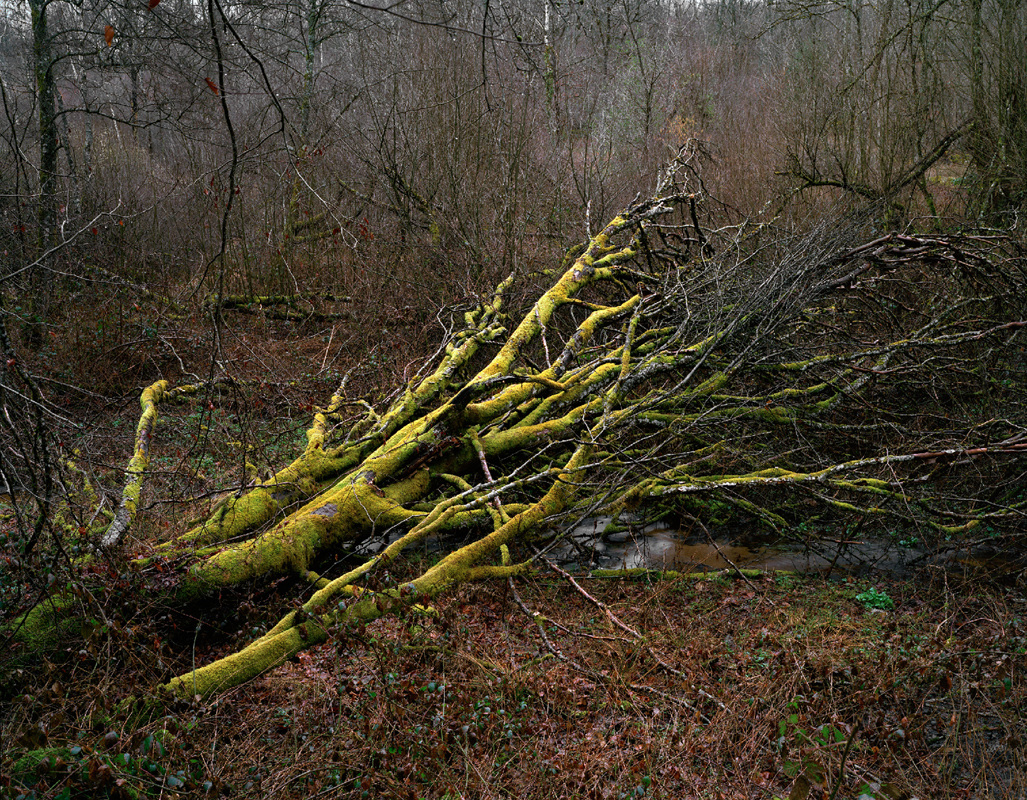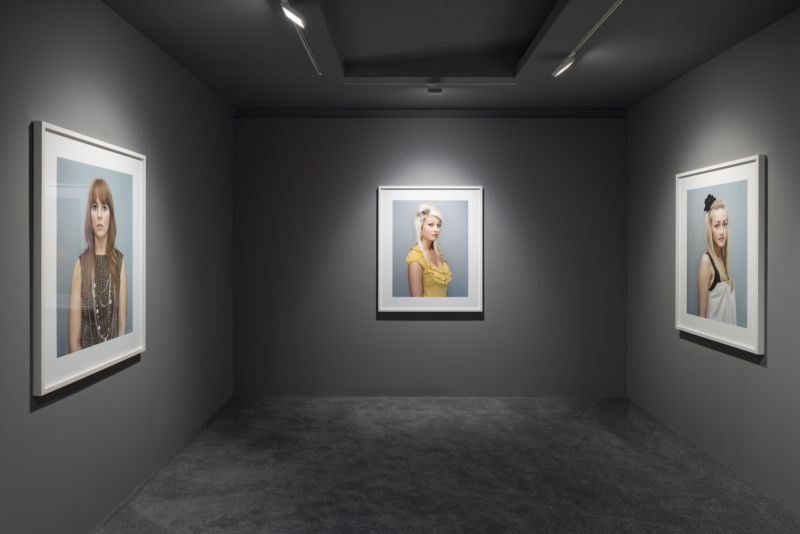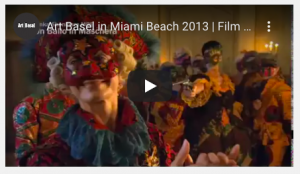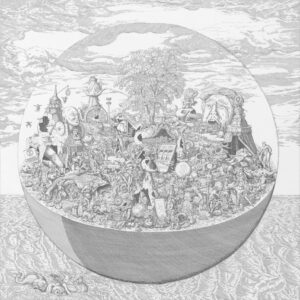
Contemporary photography in the last five years has maintained its momentum, an alluvion upon gallery walls and the stalls of annual international art fairs. It has been delectable to witness the attention lavished upon the relatively young art form. Droves flock to behold, and indeed snap up, the latest exposures by the countless efflorescent photographers that appear each year. But even those fresh from college embody a distinct style that is still terribly a la mode in the contemporary art world.
It should come as no surprise that the exhibition L’illusion du Tanquille is on Rue Burdeau in the 1st arrondissement, the purlieu for Lyon’s rather discreet bourgeois bohemians. The couplet of contemporary photographers; Géraldine Lay and François Deladerrière have distinct individual concerns, but have sufficient communication to produce a lucid show, and what is more, a sufficient communication with the regulations of the art photography industry.
Both very much a product of the moment, their work is nonetheless compelling and well executed. Lay and Deladerrière adopt an apparently dispassionate but emotive viewpoint with their photography.
Deladerrière’s large-format works are crisp representations of the decaying rigid structures man has wilfully constructed and then frivolously abandoned. Another of Deladerrière’s projects explores the region of the Rhône valley to Chamonix. He competently exposes how man has, in recent years, made an indelible mark upon that ancient and still majestic landscape.
Lay opts for a more intimately human element: plaintive adolescent girls staring into their coffee cups, or a close up of objects scattered across a floral tablecloth, all snapped with a compact camera. Both artists are irrefutably melancholy.
The show is tenderly polished and winsome, but one cannot ignore the sensation that this type of work is not long for this art world. However the work still glistens attractively in the shadow cast by photography sentinels such as Dijkstra and Gursky. In L’illusion du Tranquille we have a comely representation of contemporary photography, which by its very nature can only be so for an instant in the scheme of time. Then it has no choice but to yield to its successor.







